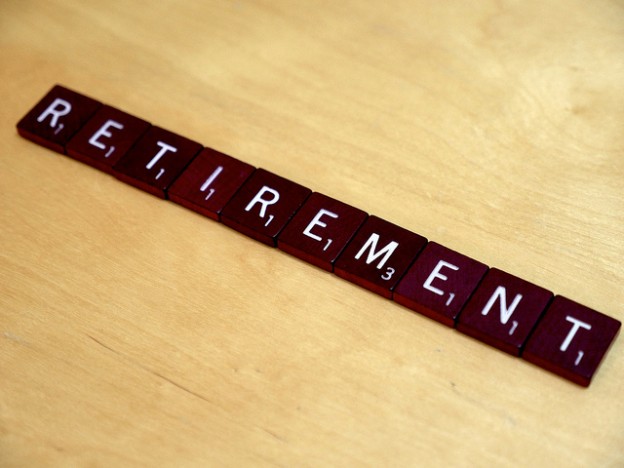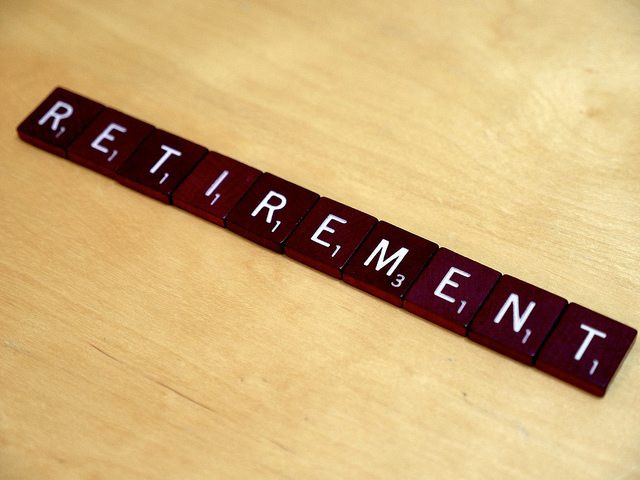A Few Ideas With How Annuities May Secure Your Retirement

As about 10,000 people retire every day, only 28 percent think they are doing a good job planning for retirement — or have done so. Moreover, per the Insured Retirement Institute, only 25 percent think they will have enough income through retirement.
Americans are living longer than ever before as life expectancy has increased to 3 decades more. Society of Actuaries says that there is a 50 percent chance that one person of a couple will live to about 95 or so. Unfortunately, not a lot of people will have stable cashflow throughout their entire retirement period.
Those that are looking to retire in the near future can integrate insurance into their financial strategies to decrease the likelihood and uncertainty of living longer than what they have saved for. If you are getting ready for or currently are in retirement, a low-cost, no-load coverage can provide you with an alternative with a tax-deferred saving that enables you to engage in the market while guarding your assets against economic crises, and pays out a guaranteed income that will not have you outlive your income.
The idea of running out of money while in retirement is a very real possibility for many. Here are some issues that you may face, and some tips with how you can prevent them from happening with insurance.
One issue is with maxing out tax-deferred savings programs, such as IRAs and Roth IRAs, along with employer-offered programs like a 401(k). However, high-income workers can quickly cap their annual limits with contributions to their savings plans. For example, in 2019, the max limit for IRA and Roth IRA are both $6,000, with an additional allowance of $1,000 for catch-up contributions for those over age 50. 401(k)s are limited to $19,000 this year with $6,000 more for those qualified for the catch-up program.
Incorporating more tax deferment helps increase compound growth, and the more they acquire, the more retirement income they can earn. Insurance products that are geared to those interested in tax-deferred savings are called IOVAS, short for Investment Only Variable Annuities. IOVAs are offering reduced expenses and more money than the typical variable annuity. These products may be of interest to those who maxed their contributions to their savings plans and to those that are not qualified for plans offered by employers.
Example: Take Bob’s and Marty’s instances; both are unmarried, 57 years old, and directors of call centers. Bob and Marty both earn a high income and are saving diligently before retiring in the next 8 to 10 years. However, they have financial needs, unlike the other.
Bob intends to increase his tax deferment past the annual limits of his savings plans his company offers. An IOVA enables him to save more in tax-deferment. Also, with proficient use of his coverage, he does not have to deal with the yearly tax hassles that occur with dividends, earnings, and short-term equity gains on certain kinds of investments.
Although an IOVA is usually invested into with after-tax income, unlike pre-tax employer-sponsored programs, they do not have as many limits or restrictions on how much Bob can contribute to and IOVA plan. This essentially allows him to put money into an IOVA past the usual age limit of 70 and a half for pre-tax programs, like an IRA. Also, an IOVA does not have mandatory distribution stipulations, like those other programs mentioned.
Now, for Marty, he too is wanting to take advantage of contributing the maximum limits to his employer-sponsored accounts while also adding more money to catch-up contributions. However, he is unable to have his assets tied up in investments where he cannot tap into them as unexpected costs come up in the meantime. If he pulls out money before age 59 and a half, he could be facing tax fees, which is why an annuity-like an IOVA plan may not be the best idea for someone that needs to access their liquid assets at any given moment.
The second issue that many think about or even face is about the risks of a drawdown on investment to help supplement an income during their retirement. During rough market times, this can be especially dangerous for someone that is in the beginning stages of retirement, as they may not be able to recuperate from such blows.
Current retirees can or may currently be using a single premium immediate annuity, also known as SPIA, which can bring in a stable income during the present moment, which can help many with supplementing their other income streams, such as Social Security, or this can cover times when there is a break in income until payments from an investment portfolio or SS payments start to be distributed.
Consider this: John and Sam, cousins, both recently retired at age 65. When these two individuals came into retirement, they knew it would be more beneficial to put off receiving their Social Security until 70, which enables them to access the maximum benefits allowed in the program. Unfortunately, many people lose out on thousands and thousands of extra income by receiving Social Security benefits before the age of 70.
However, John did not want to solely depend on income streams from his portfolios for the duration of 5 years until his Social Security benefits would come in due to worries about market downfalls, which could heavily decrease or diminish his savings during his retirement. Due to these concerns, John invested a part of his investment portfolios into an SPIA so that he would have a stable income coming in that would protect his funds from a bad market. This strategy can supplement his other income streams while waiting for Social Security. This move can also allow John to aggressively invest another portion of his portfolios for a possible increase in his overall investments.
Fortunately, Tom, who also decided to wait to collect on his SS benefits until 70, is receiving a pension for his service in the military. Along with his investments, Tom was able to calculate and be confident about having a sufficient amount of money coming in until he begins to receive his Social Security benefits. For Tom, an SPIA wouldn’t be a need for him, but could still be a smart move if he decided to invest in this type of annuity,
Another challenge for many is counting on a guaranteed stream of money later on in their retirement. Those that are still many years away from retirement will benefit from knowing that money that is invested at this time can support their retirement years, which could last over three decades. There are kinds of insurance products, like a VA (variable annuity) that has an income guarantee, which has the ability to have more tax-deferred growth and can be used to access a steady income in the future, which can prevent someone from living past their retirement income.
Here is a situation that we can look at: A pair of couples in their 60s that have been married for over 35 years plan to retire in the next decade or so.
The first couple, Victor and Annette, have been diligently maxing out their tax-deferred programs, such as their HSAs (health savings account), IRAs, and 401(k)s, which is why they have decided to put money into an affordable, no-load variable annuity that comes with a guaranteed income. This strategy can allow them to grow more in terms of tax deferment when things are going well economically, and will also safeguard their savings when things aren’t going so well in the market that will help them through their retirement. For when they do retire, they will also be able to receive a stable income that is guaranteed all throughout their retirement. This will minimize the demand for a drawdown on their portfolios, be an additional source of funds along with their Social Security, and gives them a reliable plan that prevents them from outliving their retirement income.
Now, the other couple, Lauren and Phil, their focal point, had been financing the education of their two children. Since their children are now on their own after having graduated from higher education institutions, Lauren and Phil have turned their attention to maxing out their employer-sponsored plans, while taking advantage of catch-up options that they are not in the position to think about investing in add on tax deferment options like a VA.
With over 10,000 people retiring every day, for many of you, retirement is very close to becoming your lifestyle that needs to take priority. Unfortunately, many do not take advantage of–well, the advantages– that some insurance products can provide, like safeguarding you from outliving your savings, while living comfortably in your retirement.
If you can, your first priority is to max out your employer-sponsored accounts first. Make sure to go over your financial needs for the future and if your liquid assets can cover them, or how they can cover them. Also, be sure to project what your circumstances will be like with taxes because withdrawals from VAs and IOVAs are generally taxed at the standard income rates, but accumulated tax deferment can put many people in a tax bracket lower than where they were before they had retired.
It may be a good idea to talk to your financial advisor to see if you can benefit from an affordable, no-load insurance product that can help you avoid dire consequences from economic crises or living past what you had saved up fo, and being able to enjoy your retirement with confidence that you will be able to live out your retirement financially sound.





